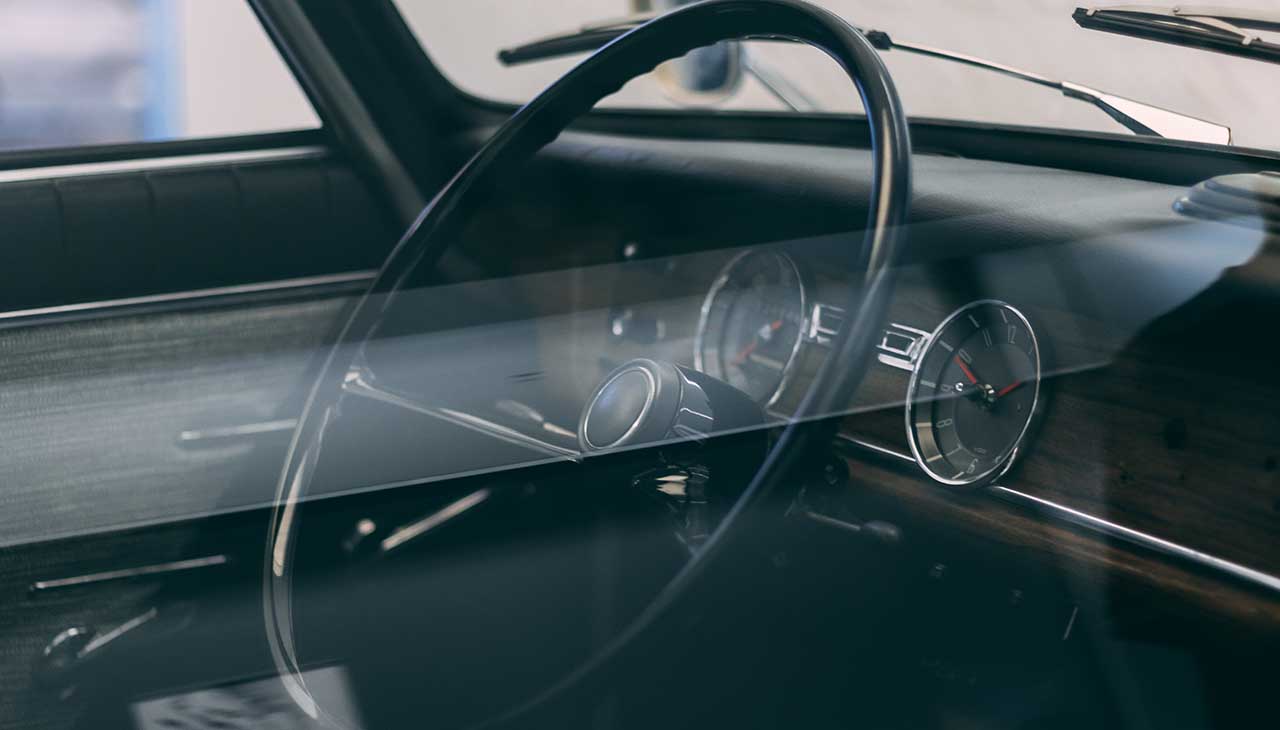Classic cars are not merely vehicles; they are timeless treasures that encapsulate the essence of their era, representing a piece of automotive history that enthusiasts fervently strive to preserve. Maintaining a vintage automobile requires a blend of passion, patience, and precision, ensuring these mechanical marvels continue to dazzle on the roads and captivate the hearts of onlookers. This guide aims to equip classic car owners with essential tips and strategies to keep their vintage beauties in pristine condition, ensuring they perform as smoothly as they look, bridging the past and present through their enduring allure.
Regular Maintenance
Regular maintenance is pivotal to the upkeep of classic cars, with oil changes and fluid checks forming the backbone of any maintenance routine. Changing the oil regularly not only ensures the engine runs smoothly, but also helps to prevent the buildup of harmful deposits, safeguarding the engine’s longevity. Similarly, keeping an eye on fluid levels, such as brake, transmission, coolant, and power steering fluids, is crucial for the vehicle’s performance and safety. These fluids should be checked frequently and refilled or replaced as necessary.
Another key aspect of maintenance is the vigilant inspection for and replacement of worn-out parts. Over time, parts such as belts, hoses, filters, and spark plugs can deteriorate, leading to potential breakdowns or damage. By proactively replacing these components, classic car owners can avoid more significant issues down the line, ensuring their vehicle remains in top condition.
Proper storage is equally essential in preserving a vintage car’s condition. Environmental factors such as sunlight, moisture, and extreme temperatures can take a toll on the vehicle’s exterior and interior, leading to deterioration. Storing the car in a controlled environment, such as a garage with a dehumidifier, can protect it from these elements, maintaining its aesthetic appeal and operational integrity. Additionally, utilizing car covers can provide an extra layer of protection, especially for those who might not have access to indoor storage facilities.
Detailing and Cleaning
Detailing and cleaning are critical components in the maintenance of classic cars, going beyond mere aesthetic upkeep. Regular cleaning and waxing not only enhance the vehicle’s appearance but also provide a protective barrier against environmental contaminants like dirt, road salt, and ultraviolet rays, which can cause the paint to fade and deteriorate over time. It’s imperative to use specialized products designed specifically for vintage car care, as modern cleaning chemicals might be too harsh for older paint jobs or interior materials. Choosing the correct products can prevent potential damage and ensure that the classic look is meticulously preserved.
Furthermore, when cleaning and detailing, it is essential to avoid abrasive materials or tools that could scratch the paint or chrome finishes. Soft cloths or sponges, along with gentle, automotive-specific detergents, can effectively clean the vehicle without causing harm. For chrome parts, using a polish designed specifically for chrome can maintain its shine and prevent tarnishing or rust. Paying attention to these details and dedicating time to regular detailing will keep a classic car looking its best, embodying the beauty and elegance of its era.
Rust Prevention
Rust is one of the most formidable enemies of classic cars, capable of significantly damaging both their appearance and structural integrity. To prevent rust, it is crucial to minimize the car’s exposure to moisture. Regularly washing and drying your car, especially after exposure to salt during winter months, can help prevent the buildup of rust-inducing agents. Applying a rust inhibitor to the car’s body and undercarriage can provide an additional layer of protection, especially in areas prone to rust accumulation.
When dealing with existing rust spots, prompt and proper treatment is essential. Begin by carefully removing the rust using a wire brush or sandpaper, ensuring to treat the area down to the bare metal. Applying a rust converter can neutralize any remaining rust agent, converting it into a paintable surface, which can then be sealed with a rust-preventive primer and paint. This process not only addresses the current rust situation but also helps prevent future occurrences.
Furthermore, keeping the car dry and protected from elements plays a significant role in rust prevention. Whenever possible, store the classic car in a dry, climate-controlled environment. Utilizing dehumidifiers in the storage area can help keep moisture levels low, significantly reducing the risk of rust formation. Car covers, particularly those that are breathable, can offer additional protection against moisture when indoor storage is not an option. Following these guidelines can significantly enhance the longevity and preservation of your classic car, ensuring it continues to showcase its timeless beauty and craftsmanship.
Upholstery and Interior Care
Taking care of the upholstery and interior features is crucial in preserving the authentic charm and value of a classic car. To maintain the originality and condition of the interior, it’s important to use cleaning products that are specially formulated for the types of materials found in vintage automobiles. Leather, vinyl, fabric, and wood all require specific cleaners that can hydrate, clean, and protect without causing harm. For example, leather should be treated with a cleaner that also conditions, preventing it from drying out or cracking.
Protecting the interior from sun damage is another essential aspect of care. UV rays can fade and deteriorate interior fabrics and materials over time. Using a UV protectant spray on the dashboard and other exposed surfaces can help shield them from sun damage. Furthermore, parking the car in shaded areas or using a car cover with UV protection when parked outdoors can significantly reduce exposure to harmful rays.
Regular vacuuming of the interior to remove dust and dirt, along with the use of protective mats on the floor, can minimize wear. In addition, installing tinted windows or using sunshades can offer an extra layer of protection against sun damage, ensuring the preservation of the car’s interior aesthetics and comfort. By following these guidelines, owners can maintain the classic car’s interior, ensuring it remains as captivating as its exterior.

